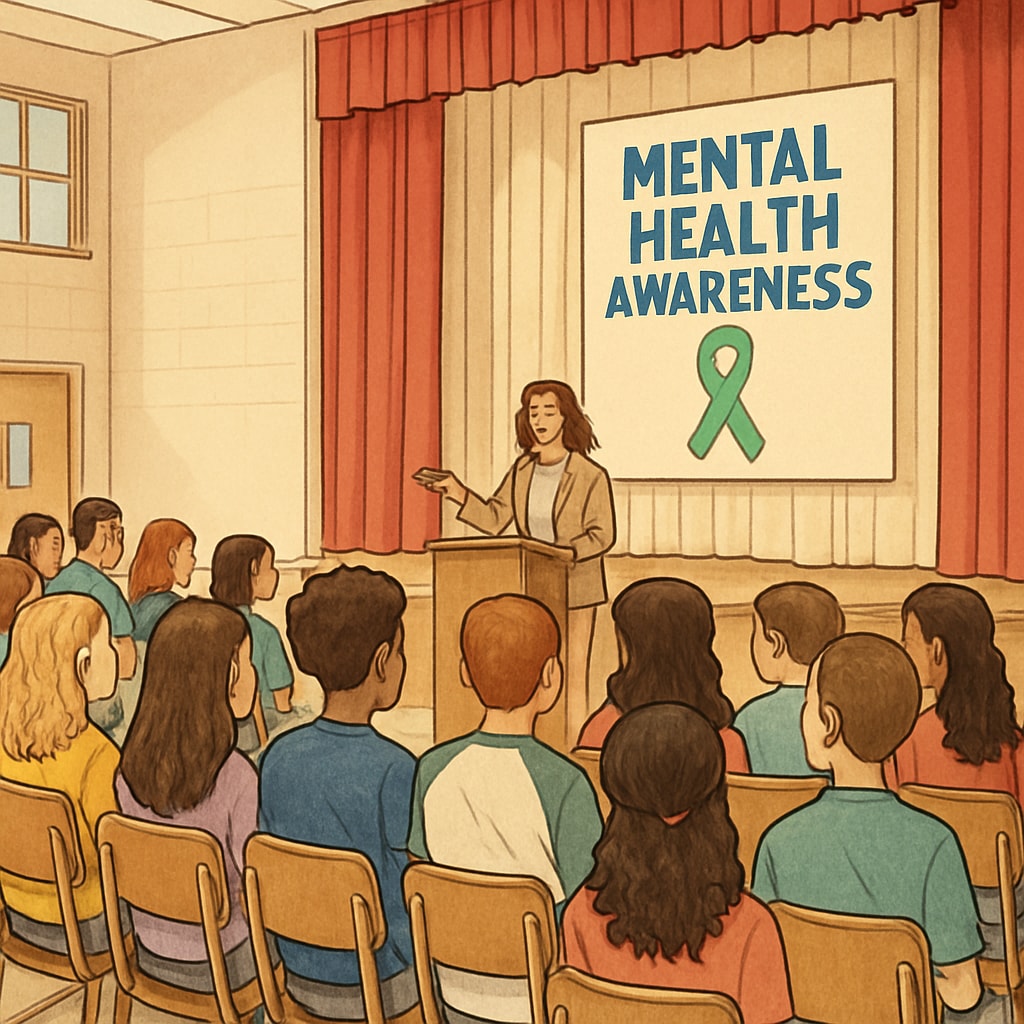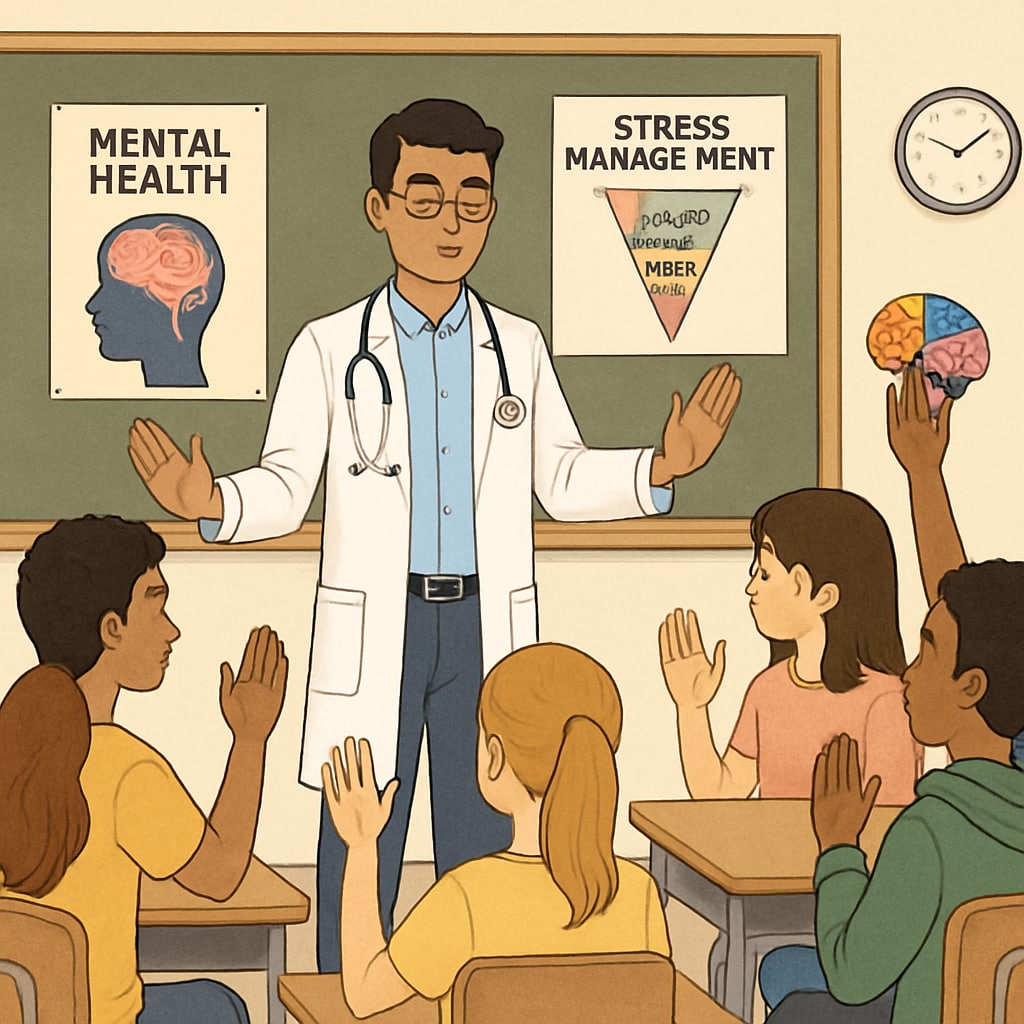Addressing mental health among high school students through school assemblies is an innovative approach that can foster awareness and provide vital resources. With the increasing prevalence of anxiety, depression, and stress among teenagers, medical students can play a pivotal role in bridging the gap between healthcare knowledge and accessible support for youth. This article outlines the feasibility and implementation strategies for medical students to organize impactful mental health-focused assemblies in high schools.
Why Focus on Teen Mental Health?
Teenagers are at a critical stage of emotional and psychological development. According to the World Health Organization, mental health conditions account for 16% of the global disease burden in people aged 10–19. Factors such as academic pressure, social dynamics, and familial expectations contribute to this challenge. High school assemblies provide a structured yet approachable setting to address these issues, offering students the tools to navigate their emotional well-being.

Collaborative Planning: Bringing Medical Students and Schools Together
Effective assemblies require collaboration between medical students and high school administration. Medical students bring expertise in health sciences, while educators understand the unique needs of their student population. Here are key steps to establish collaboration:
- Reach out to schools: Start by contacting school counselors or administrators to propose the initiative.
- Identify mutual goals: Align the assembly’s objectives with the school’s priorities, such as reducing stress during exam periods or promoting healthy coping mechanisms.
- Secure permissions: Obtain necessary approvals for venue use, audience size, and presentation materials.
Through these steps, medical students can ensure the event aligns with the school environment and student needs.
Designing an Impactful Mental Health Assembly
The content and structure of the assembly are crucial to its success. Medical students should focus on creating engaging, informative, and relatable presentations. Here’s how:
- Interactive content: Use multimedia tools like videos, slides, and role-playing scenarios to maintain interest.
- Expert insights: Incorporate evidence-based strategies for managing stress and anxiety, such as mindfulness and exercise.
- Student involvement: Encourage participation through Q&A sessions or anonymous polls to address specific concerns.
- Resource distribution: Provide handouts or direct students to online mental health resources like NAMI.
By combining education with practical tools, assemblies can empower students to take proactive steps toward their mental health.

Measuring Success and Ensuring Sustainability
To evaluate the assembly’s impact, organizers should consider feedback mechanisms and long-term strategies:
- Feedback forms: Collect student and teacher feedback to identify strengths and areas for improvement.
- Follow-up sessions: Offer periodic workshops or check-ins to reinforce the concepts covered in the assembly.
- Community partnerships: Collaborate with local mental health organizations for sustained support and resources.
These steps ensure the initiative not only addresses immediate concerns but also contributes to a culture of mental health awareness within schools.
Conclusion: Building a Healthier Future for Teens
High school assemblies led by medical students are a promising avenue to promote mental health among teenagers. By focusing on collaboration, interactive content, and sustainable practices, these events can create lasting impacts on student well-being. As a result, medical students have the opportunity to make a meaningful difference in the lives of young individuals, fostering resilience and awareness in the next generation.
Readability guidance: The article uses concise paragraphs, lists for key points, and transitions like “therefore” and “for example” for clarity. Passive voice is minimized, and sentence length averages 12–16 words for readability.


